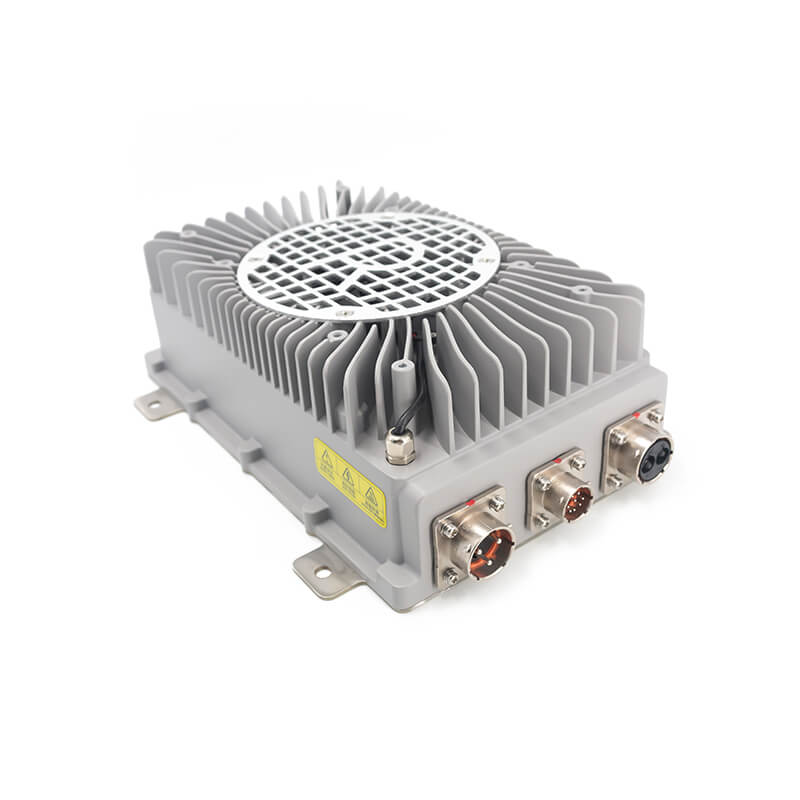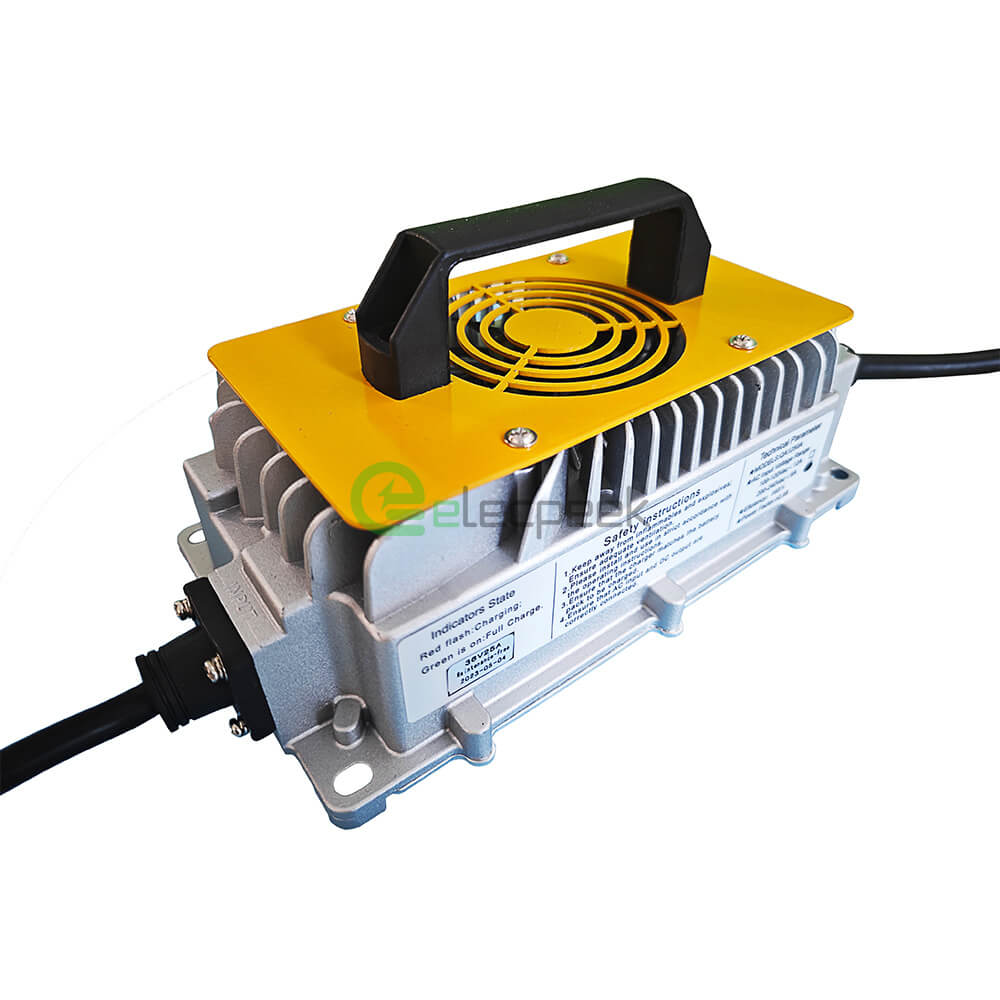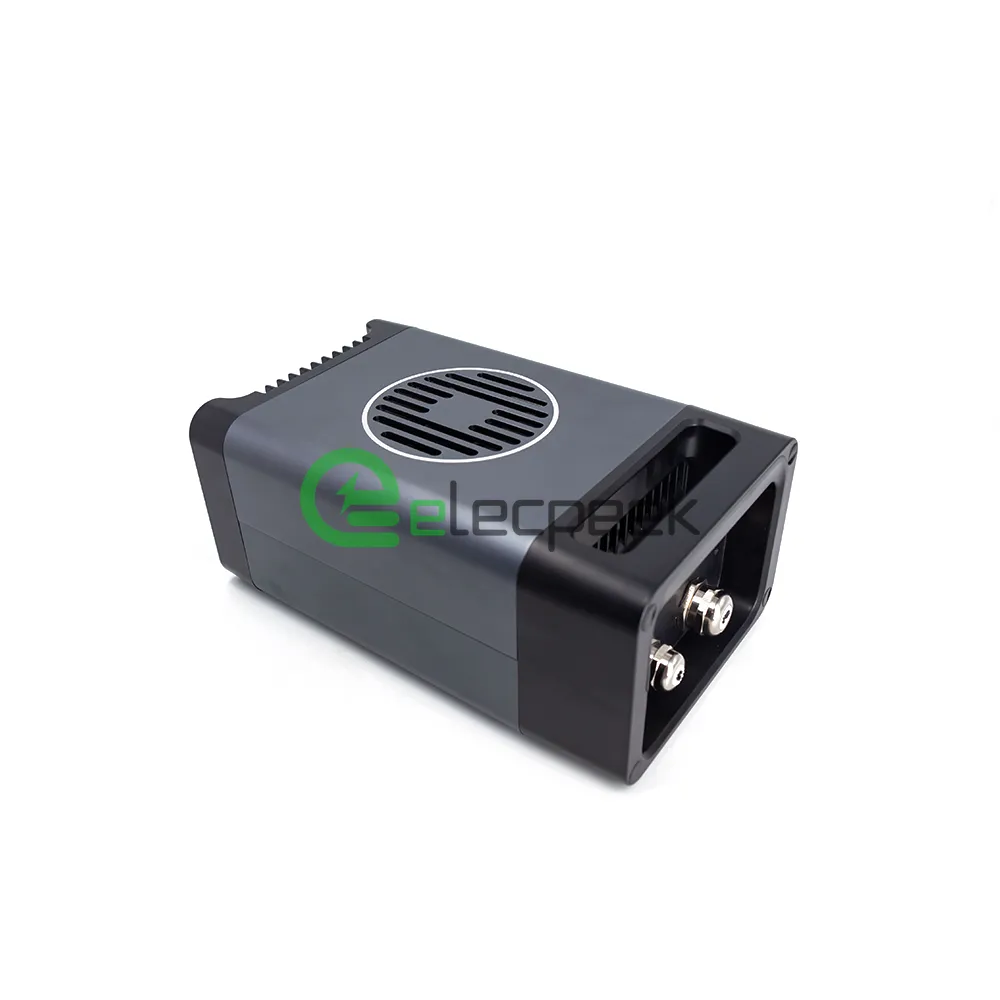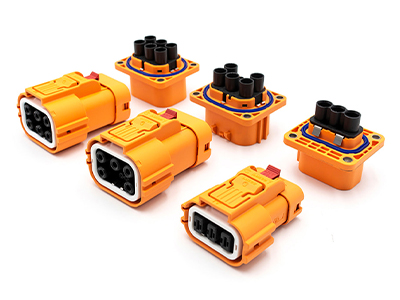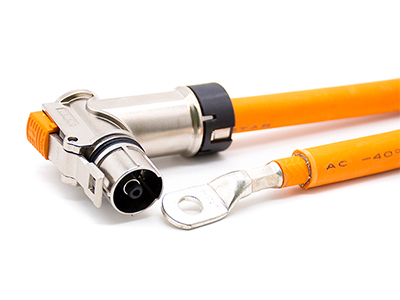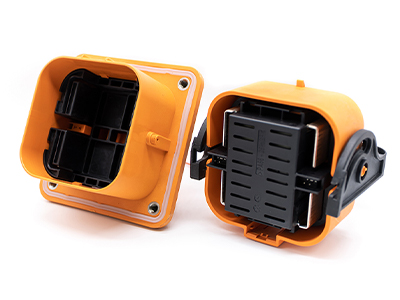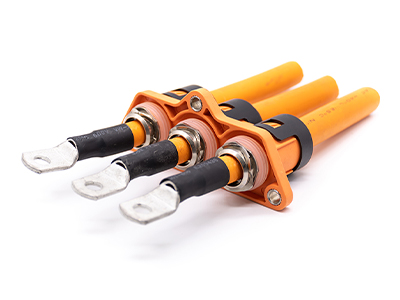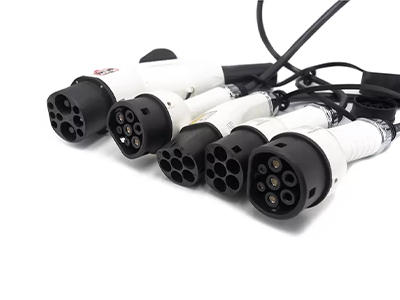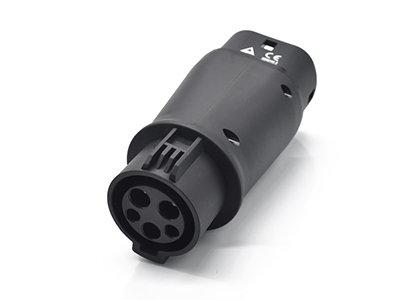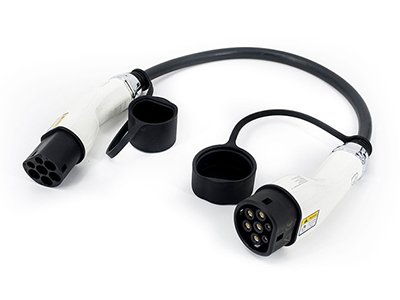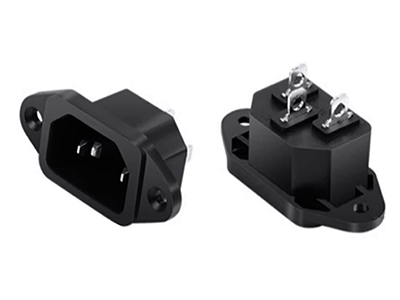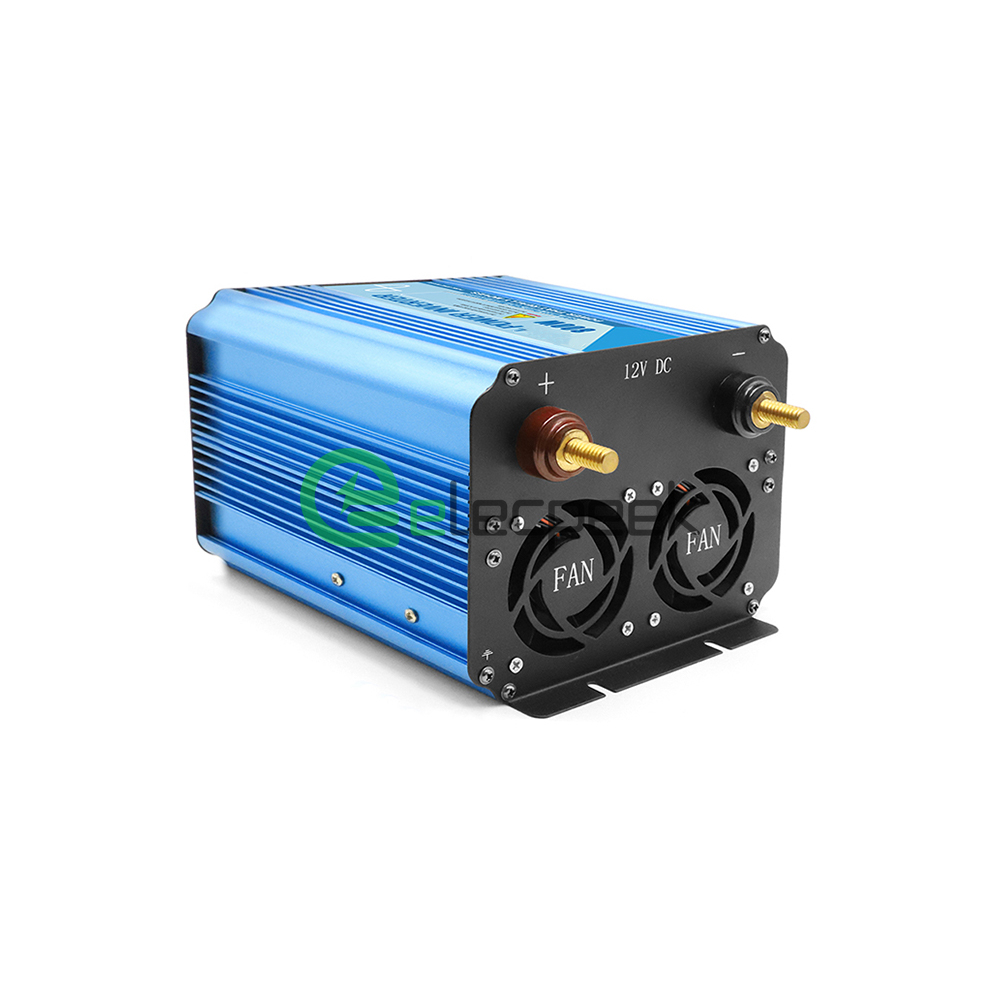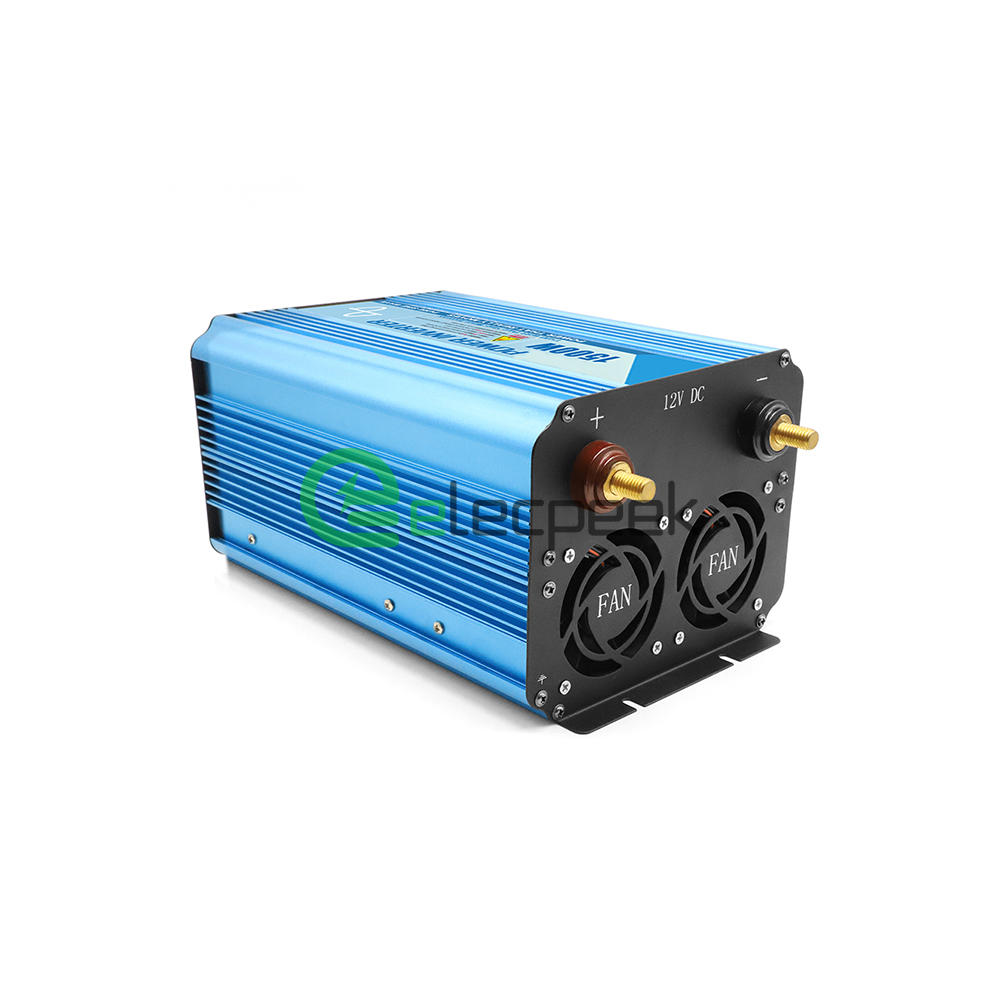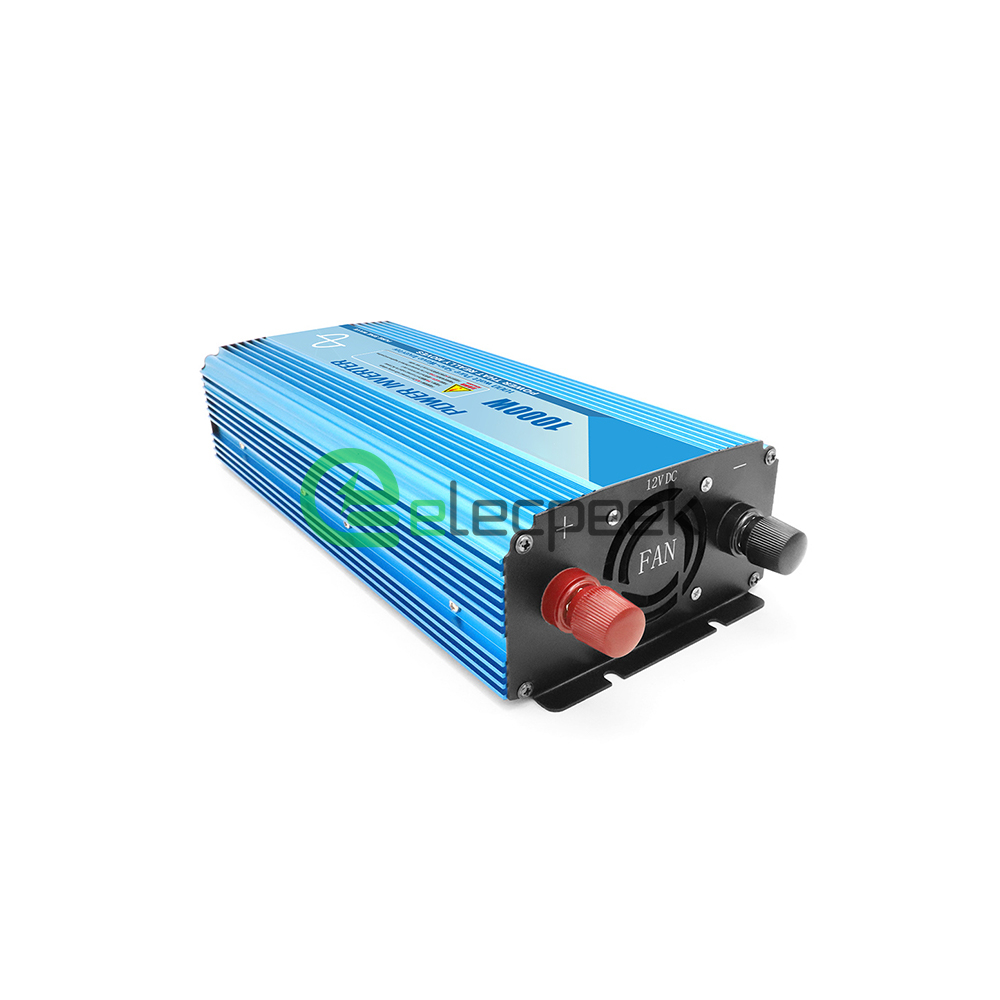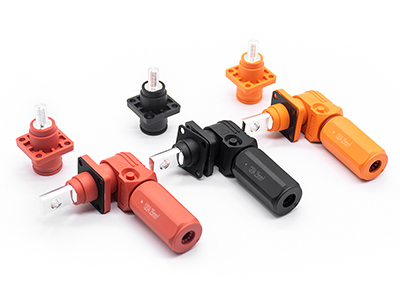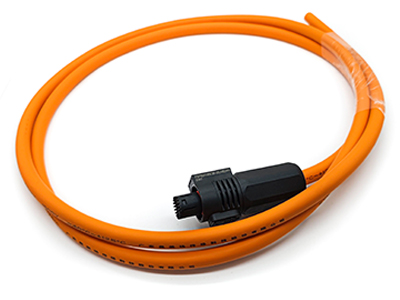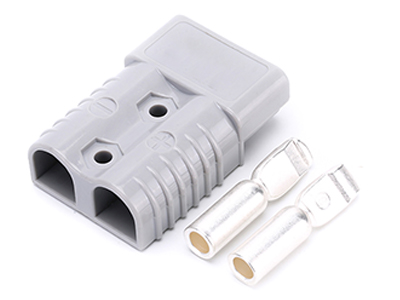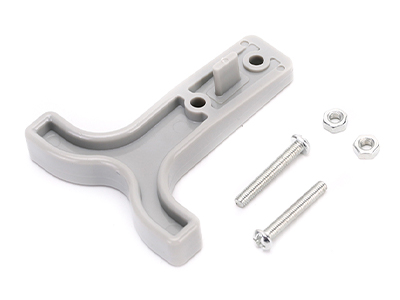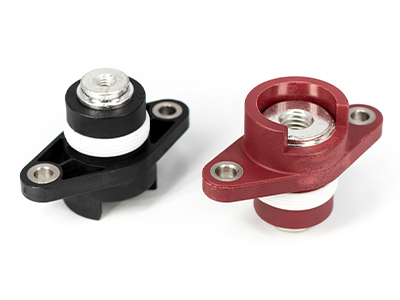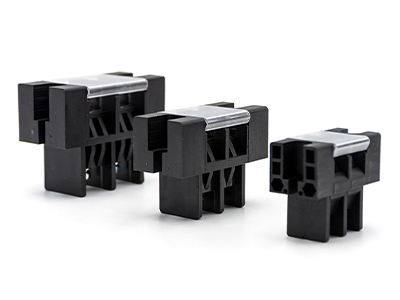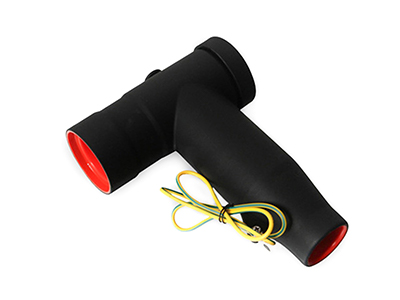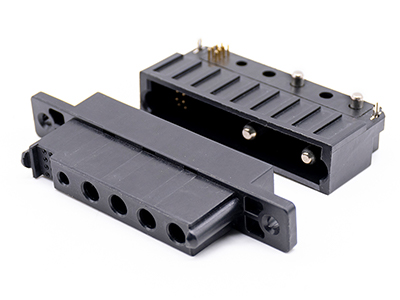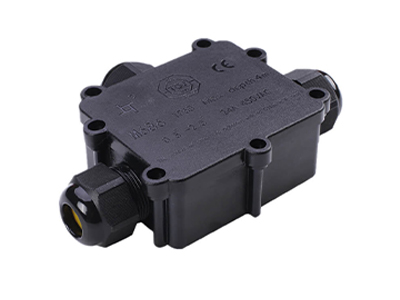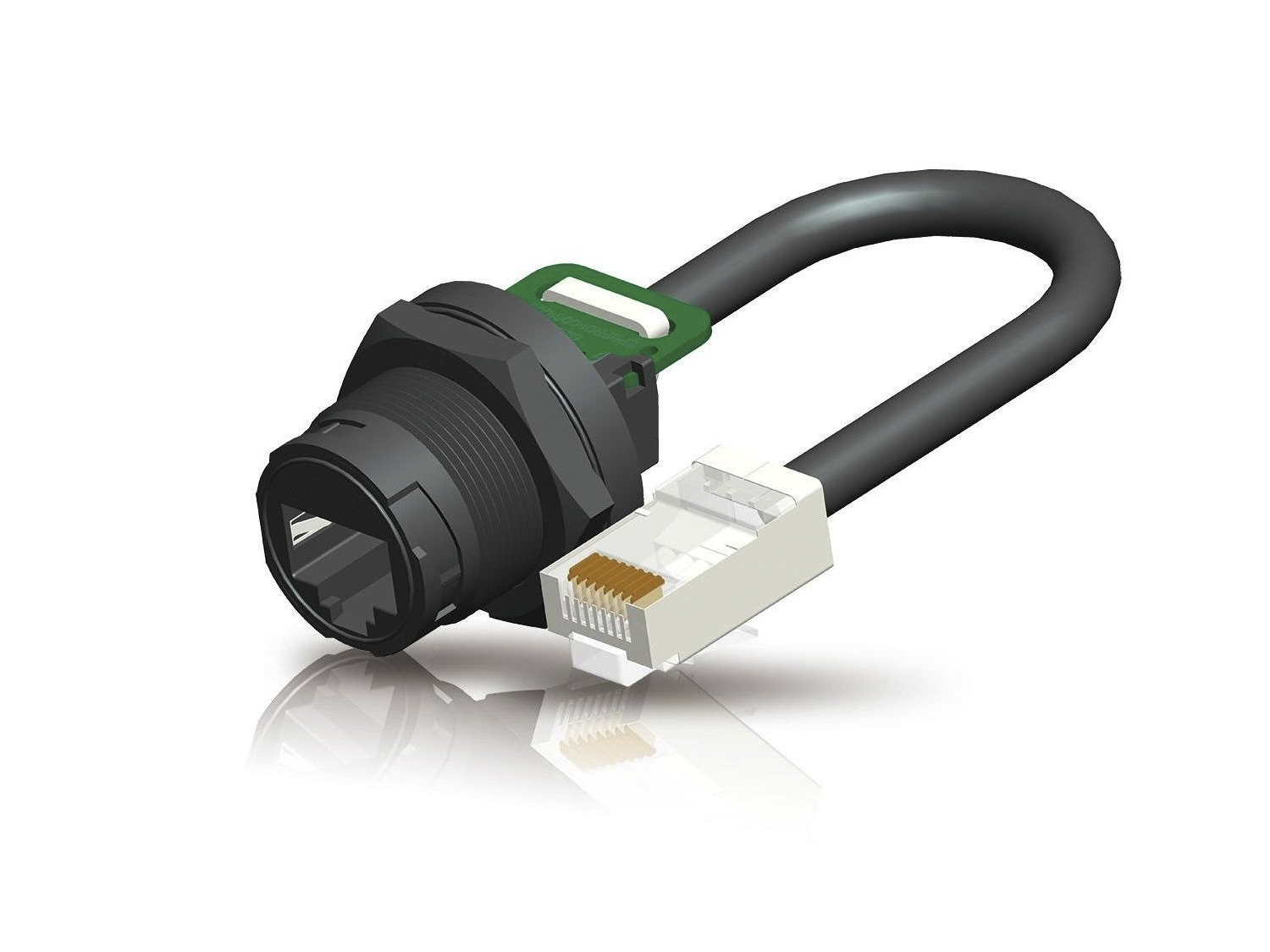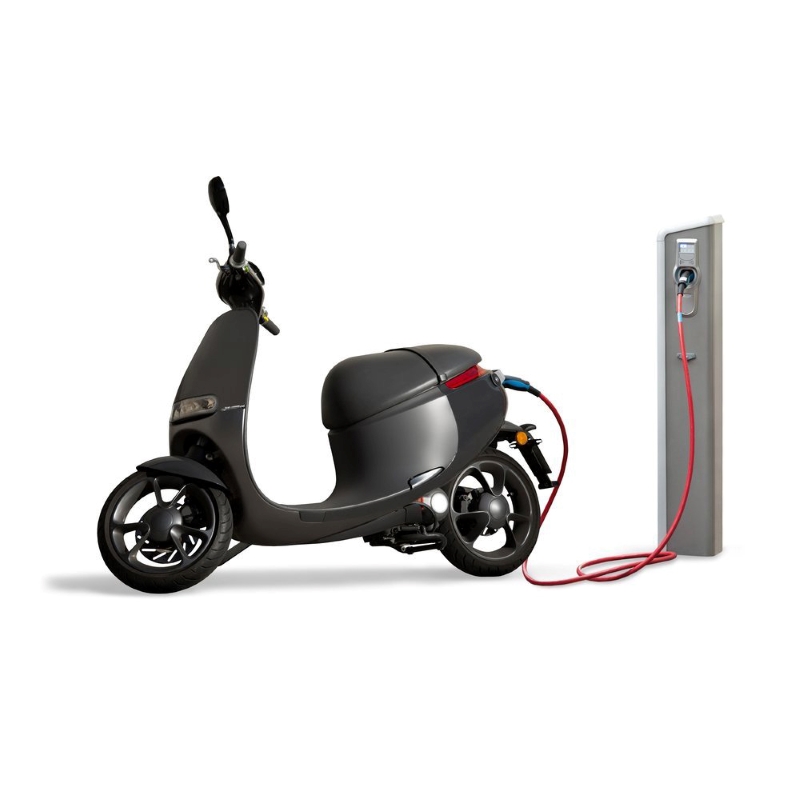HVIL Connector
The Importance of HVIL Connectors in Electric and Hybrid Vehicles
In electric and hybrid vehicles, the HVIL Connector is a safety-critical component that is responsible for safely connecting and disconnecting the high-voltage battery system. The HVIL Connector is a key part of the High Voltage Interlock Loop, which is a safety system that monitors and controls the high-voltage electrical system in the vehicle.
The HVIL Connector is typically located near the battery pack and consists of a male and female connector that can be easily connected and disconnected. When the connector is disconnected, it breaks the high-voltage circuit and prevents the flow of electricity, reducing the risk of electrical shock.
The HVIL Connector must meet strict safety standards, such as the SAE J1772 standard in the United States and the ISO 17409 standard in Europe. These standards define the minimum requirements for the design, performance, and testing of HVIL connectors to ensure their safety and reliability.
In addition to meeting safety standards, the HVIL Connector must also be designed to withstand harsh operating conditions, such as temperature extremes, vibration, and electromagnetic interference. The connector must also be durable and reliable to ensure the vehicle’s safe operation.
Automotive manufacturers are continuously investing in the research and development of HVIL connectors to improve their safety and reliability. This includes the use of advanced materials, such as high-temperature plastics and ceramic insulators, and the development of new testing and validation methods.
The use of HVIL connectors in electric and hybrid vehicles is mandated by safety regulations in many countries. For example, in the United States, the National Highway Traffic Safety Administration (NHTSA) requires that all high-voltage electrical systems in electric and hybrid vehicles be equipped with safety features, such as HVIL connectors, to protect passengers and technicians from electrical hazards.
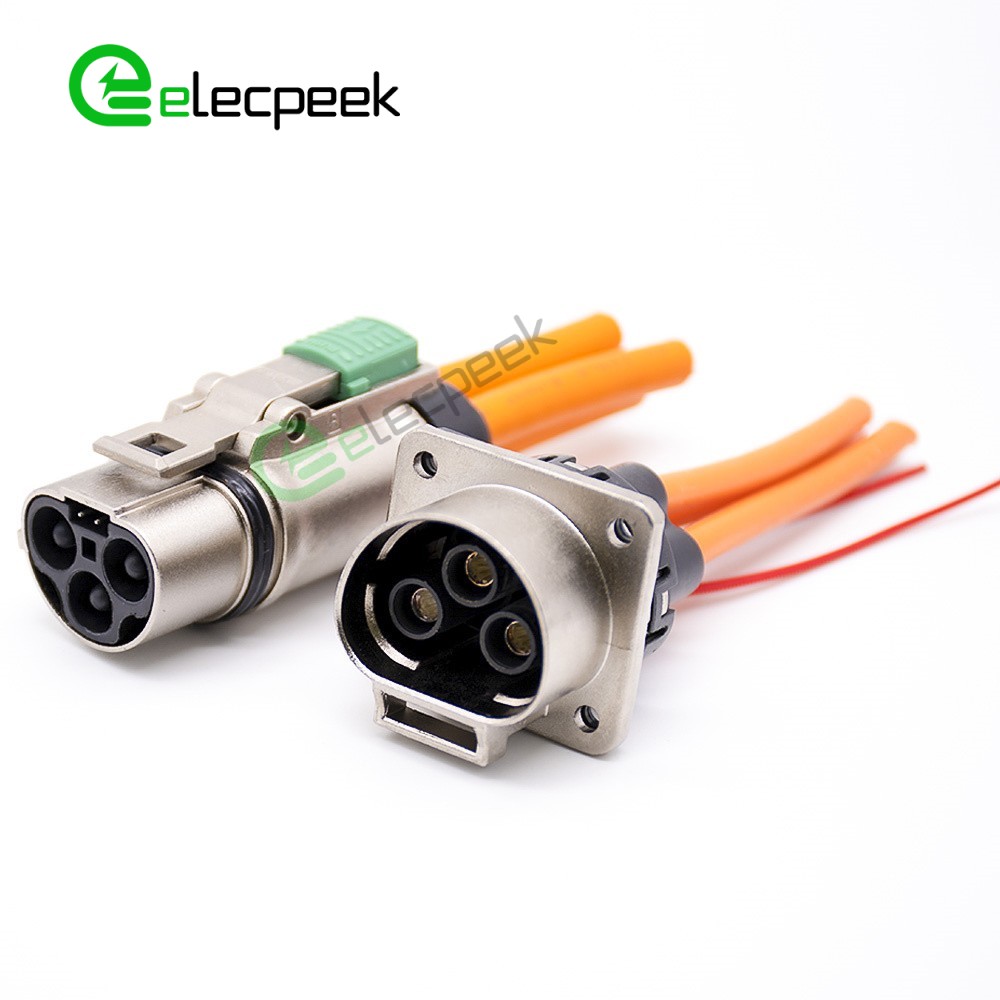
Specific applications of the HVIL Connector in the automotive industry:
Electric vehicles and hybrid electric vehicles:
In electric vehicles and hybrid electric vehicles, HVIL connectors are used to connect high-voltage battery systems with electric motors, electronic control units, and other high-voltage components. They help enable safe and efficient power transmission at voltages up to several hundred volts to drive the electric motors and achieve vehicle motion.
Charging systems:
In onboard chargers and smart chargers, HVIL connectors provide current-carrying interfaces for transferring high currents during charging from AC power sources to vehicle batteries. They offer high current carrying capacity for fast charging while ensuring charging safety.
Ignition systems:
In electronic ignition systems and timed ignition systems, HVIL connectors provide the ability for high-voltage spark generation to ignite engine cylinders. They connect the high-voltage power source to ignition coils or electronic ignition control units to generate sparks thus igniting the engine.
Engine control systems:
Systems like electronic fuel injection systems and variable valve actuation use HVIL connectors. They connect engine control circuits to sensors, actuators, fuel nozzles, etc. to safely and effectively control engine performance, power, efficiency, and emissions.
Other applications:
HVIL connectors are also found in diagnostic sockets, vehicle CAN wiring, and other automotive systems. They provide electrical connections and signal transmission at high voltages.
The HVIL Connector is a key component in electric and hybrid vehicles, ensuring the safe connection and disconnection of high-voltage battery systems. It must meet strict safety standards and be designed to withstand harsh operating conditions. HVIL connectors are used in various automotive applications, such as electric motors, charging, ignition, engine control, and other automotive systems. They provide safe and efficient power transmission while protecting users from electrical hazards. HVIL connectors are critical for the safe and reliable operation of high-voltage electrical systems and are essential for the continued growth of the automotive industry.

